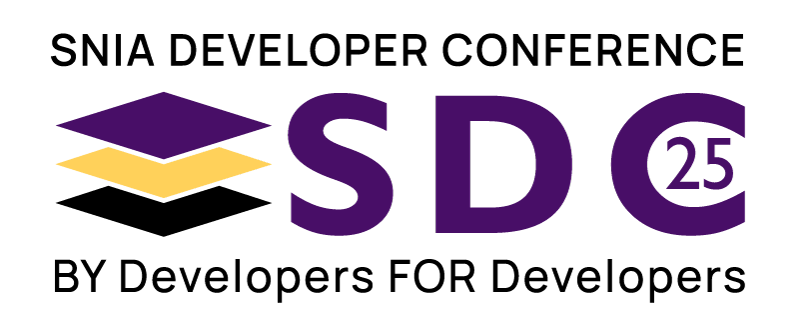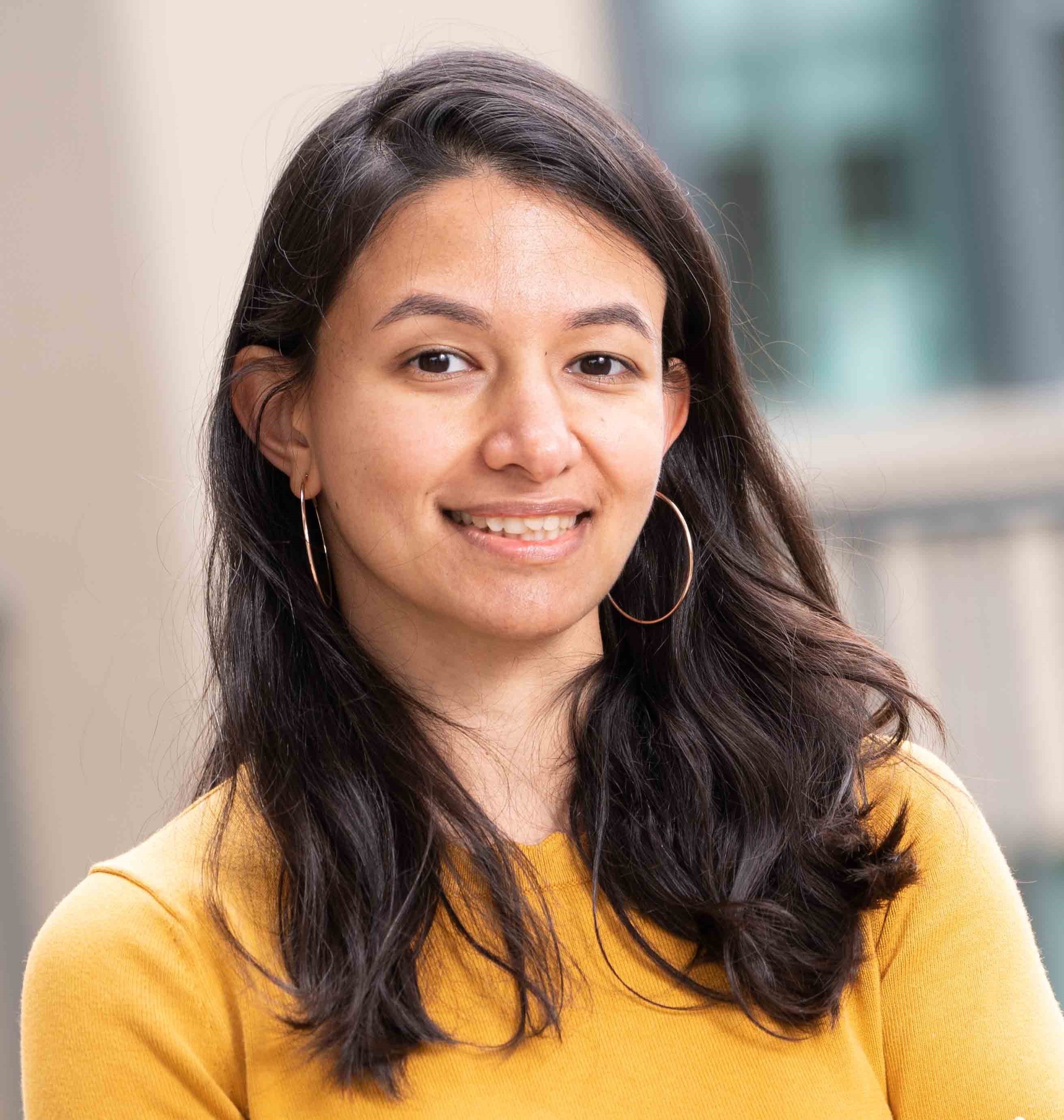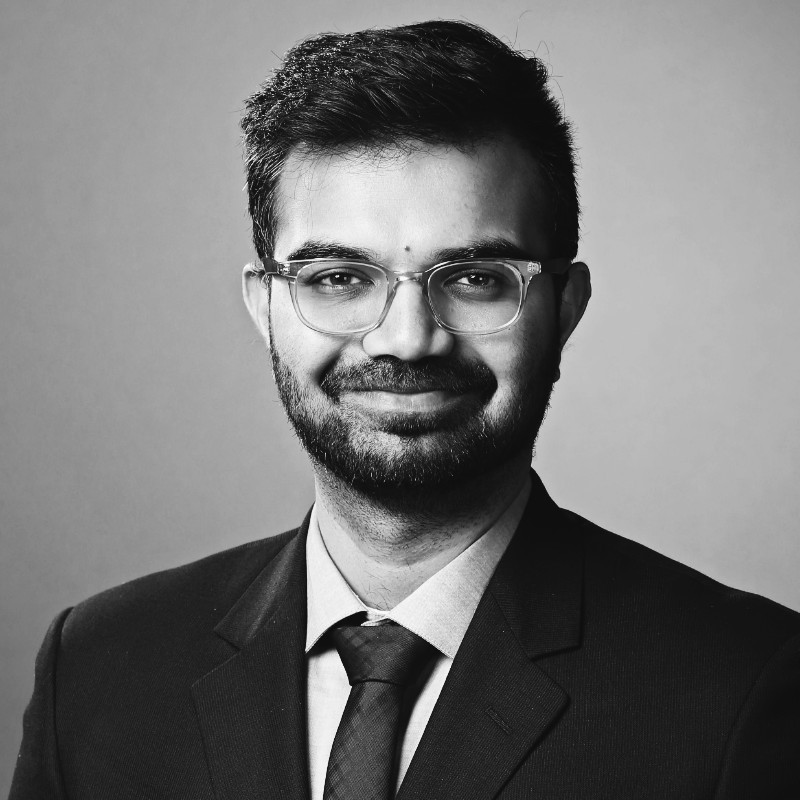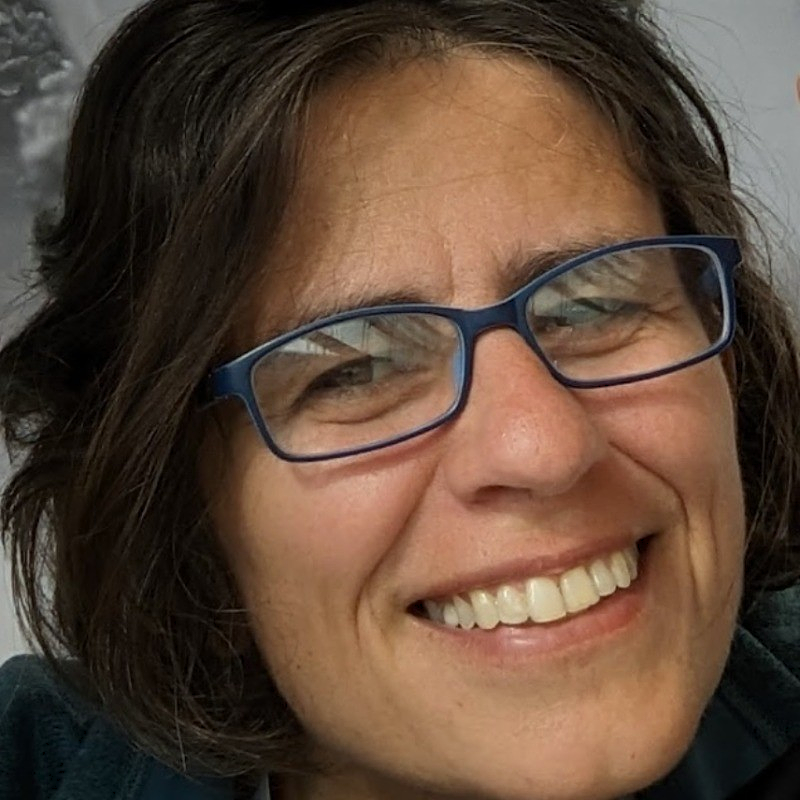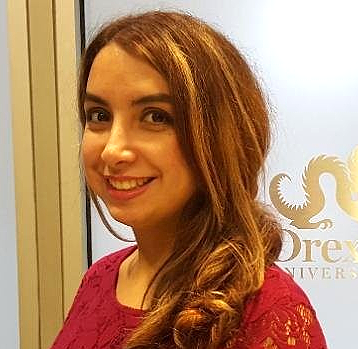
Senior PM,
Microsoft
Shruti Sethi is a Zealous professional having a deep experience in both computing and storage systems. She has 12+ years industry experience working extensively on Graphics power management, workload management, setting performance targets and Data Center storage hardware. She is currently most vested into End-to-End Cost Optimized Storage, Efficient Storage Management techniques, Pricing for Storage Services and simultaneously driving Sustainability in Storage Solutions. Shruti is a part of the strategy product team driving the next wave of initiatives in AZURE STORAGE. She is also the Steering Committee Representative of Open Compute Project's Sustainability Projects and strives to push industry Sustainability work. Shruti has a Master of Science in Computer Architecture from Georgia Institute of technology and an MBA from University of California, Berkeley (Haas School of Business).
0
0
0
0
0
